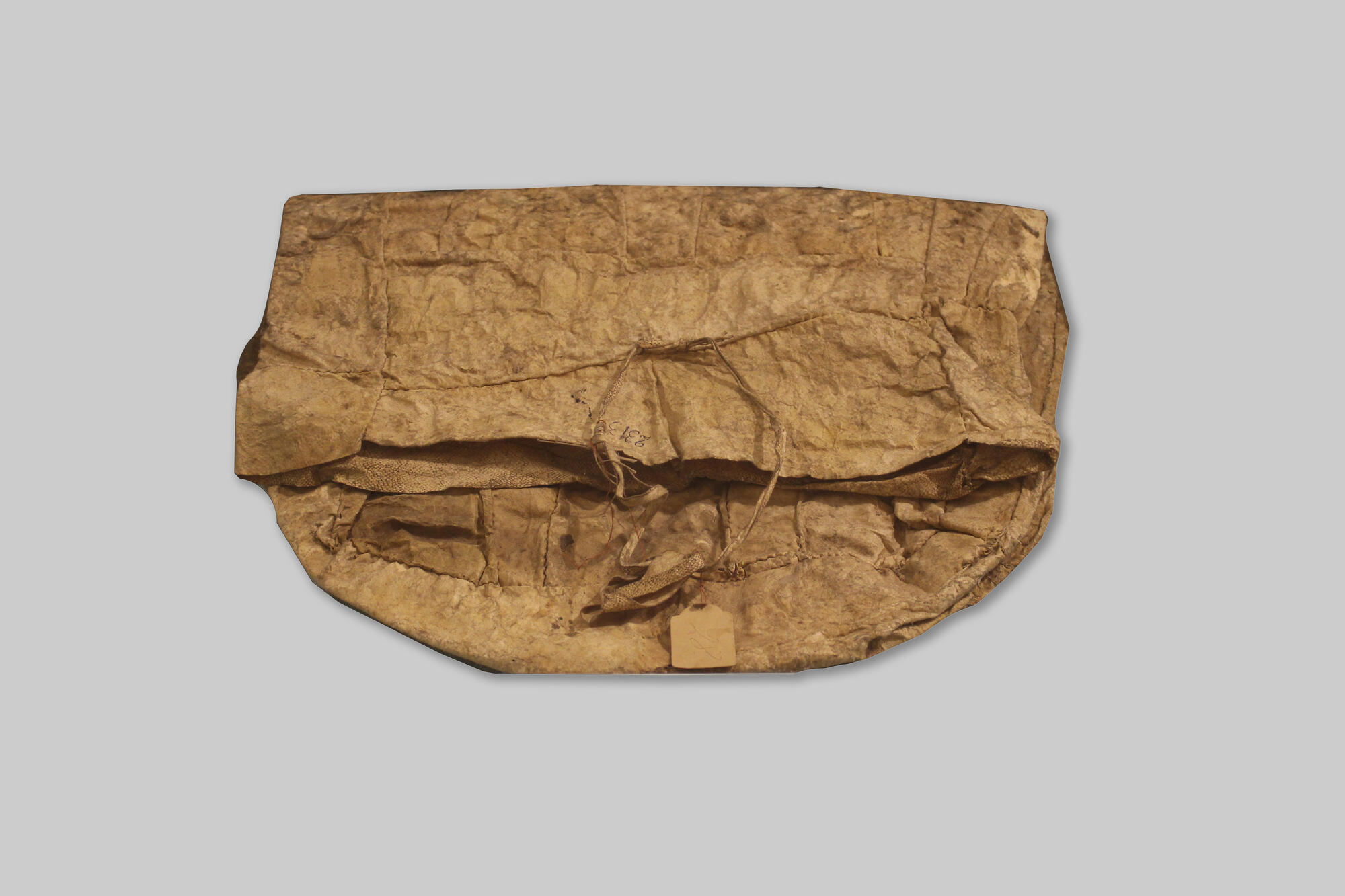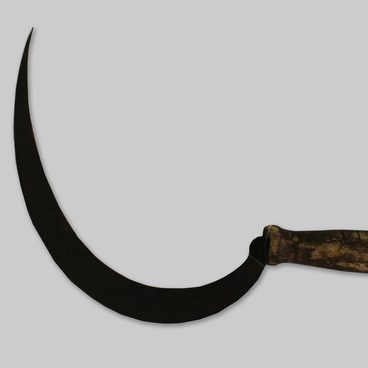One of the most valuable materials that people have used in many areas of their lives — fish skin. Due to the denser arrangement of collagen fibers, it has many necessary qualities — lightweight, strong, protects from the wind, retains heat well and does not get wet. In terms of composition and properties, fish skin is similar to the skin of other animals, its thickness varies on average within 1 mm.
In ancient times, people who went fishing tried to process the catch as much as possible. In China, for example, fish skin was used in the manufacture of composite bows. In the East, the hilts of swords and daggers were covered with such leather. African tribes made battle bracelets from the spiked skin of stingrays. The Northern people made clothes, shoes, shopping bags, and even simple sails for small boats. Burbot was considered to be the fish with a valuable skin among the fish.
This cold-loving fish prefers clear and cold waters with a rocky bottom and slow flow. The further North the reservoir is, the larger the burbot inhabiting it — in the rivers of Siberia, it is comfortable for only this freshwater representative of cod. This large fish can weigh up to 24 kg and reach a length of 1 m, and its skin is very dense and strong.
The process of dressing fish skin in the past was laborious and took a lot of time. First, the scales were removed from the fish, then the skin was thoroughly cleaned on both sides and washed several times in water, laid out on a smooth surface and left to dry for a while. During the drying process, the skin became very hard, so it had to be crumpled for several hours on a special machine with bone knives. A slightly visible scale pattern may remain on the finished fish skin.
This semi-oval-shaped leather bag was made by an Evenk master by hand from tanned burbot leather. It and similar bags, the holes of which could be tightened with a string, were used in the household — usually they stored salt or flour. The leather bag made at the end of the XIX century was purchased by Alexander Kytmanov, the founder of the Yeniseysk Museum of Local History.
In ancient times, people who went fishing tried to process the catch as much as possible. In China, for example, fish skin was used in the manufacture of composite bows. In the East, the hilts of swords and daggers were covered with such leather. African tribes made battle bracelets from the spiked skin of stingrays. The Northern people made clothes, shoes, shopping bags, and even simple sails for small boats. Burbot was considered to be the fish with a valuable skin among the fish.
This cold-loving fish prefers clear and cold waters with a rocky bottom and slow flow. The further North the reservoir is, the larger the burbot inhabiting it — in the rivers of Siberia, it is comfortable for only this freshwater representative of cod. This large fish can weigh up to 24 kg and reach a length of 1 m, and its skin is very dense and strong.
The process of dressing fish skin in the past was laborious and took a lot of time. First, the scales were removed from the fish, then the skin was thoroughly cleaned on both sides and washed several times in water, laid out on a smooth surface and left to dry for a while. During the drying process, the skin became very hard, so it had to be crumpled for several hours on a special machine with bone knives. A slightly visible scale pattern may remain on the finished fish skin.
This semi-oval-shaped leather bag was made by an Evenk master by hand from tanned burbot leather. It and similar bags, the holes of which could be tightened with a string, were used in the household — usually they stored salt or flour. The leather bag made at the end of the XIX century was purchased by Alexander Kytmanov, the founder of the Yeniseysk Museum of Local History.



